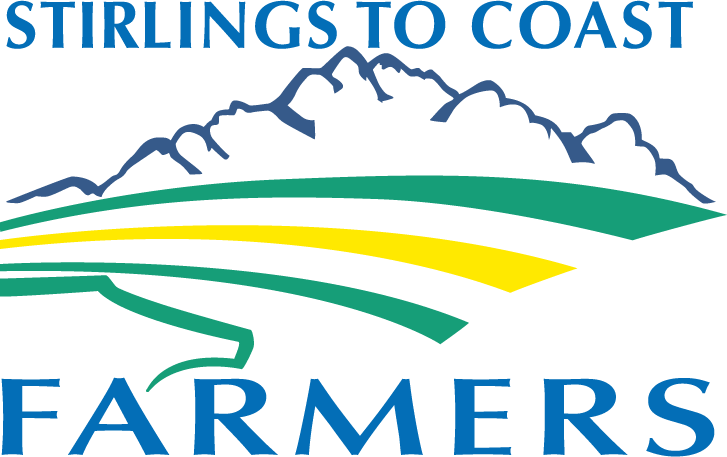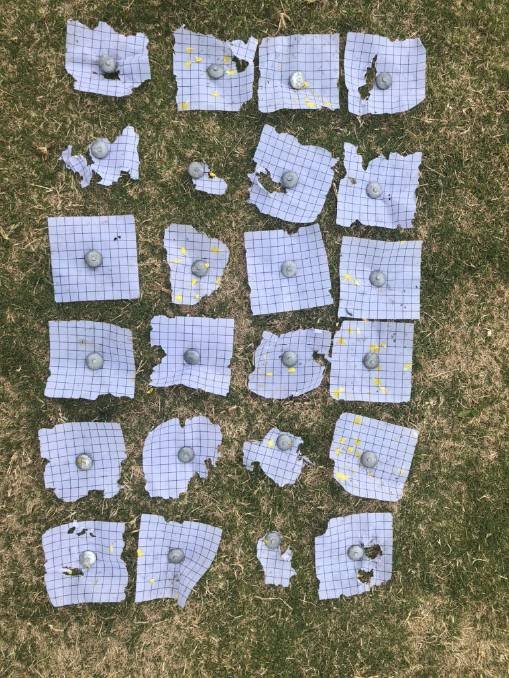Mouse Surveillance Project
The GRDC has invested in a mouse surveillance project led by Farmanco to increase the capacity and capability for mouse surveillance and management in the Western Australian grains industry.
METHOD:
The following items will be required.
10x chew cards (10 x 10 cm paper with a 1 cm grid printed on the paper, pre-soaked in vegetable and linseed oil)
Flag tape (or similar) to mark the beginning and end of each transect to make it easy to locate the following day
10x Peg (roofing pegs work best) to hold down chew cards
Small bucket to carry the chew cards and pegs
Cornflour in suitable container for marking mouse burrows
A pole/ruler 1 m in length
Step 1
At the selected site walk approximately 50 m from the edge of the paddock (see figure 1) and mark the beginning of the first transect (chew cards + active burrows) by placing a marker e.g. flag tape (do this for all transects). Set the transects in the direction of the furrows to make it easy to locate chew cards the following day.
Step 2
Along the first transect set 10 pre-soaked chew cards in a line spaced at 10 m intervals (approximately 10 steps). Peg each card to the ground using a roofing nail or similar. Chew cards are only placed on the first transect. While setting the chew cards mark any burrows observed within 0.5m each side of the centre transect line by covering it with cornflour.
Step 3
Mark the end of the first transect and walk a further 20 m into the paddock to the start of the second transect. Along the active burrow transects mark any burrows within 0.5m each side of the centre transect line. Don’t be tempted to add any burrows outside of the 1 m width as this can increase the active burrow count by 100 burrows per hectare.
Step 4
Repeat this for the third and fourth active burrow transects spacing them 20 m apart
Step 5
Record the number of burrows marked in each quarter of the transect (25 m) on the data sheet provided.
Step 6
On the next morning locate the beginning of the chew card transect and pick up each card and each peg (take your small bucket with you). Record the amount of card chewed on the data sheet (it doesn’t have to be exact) e.g. 1%, 2% 5% 10% 25%, 50%, 75%, 100% (see figure 2).
Step 7
Any disturbance to the cornflour e.g. trails or dirt mounds (see figure 6) indicates an active burrow. Count the number of marked burrows that displayed signs of activity from each transect and record this next to the number of marked burrows on the data sheet
RESOURCES
ACKNOWLEDGEMENT
Stirlings to Coast Farmers would like to thank the GRDC for investing in this project.




